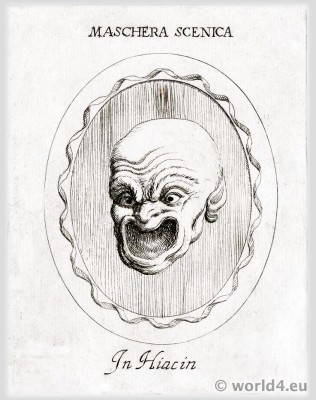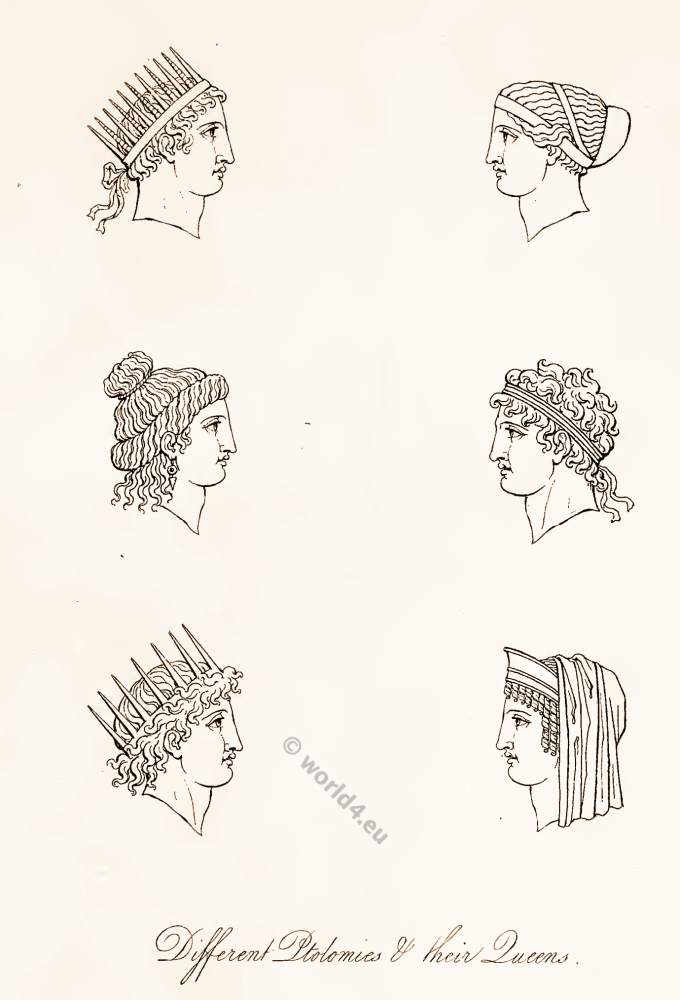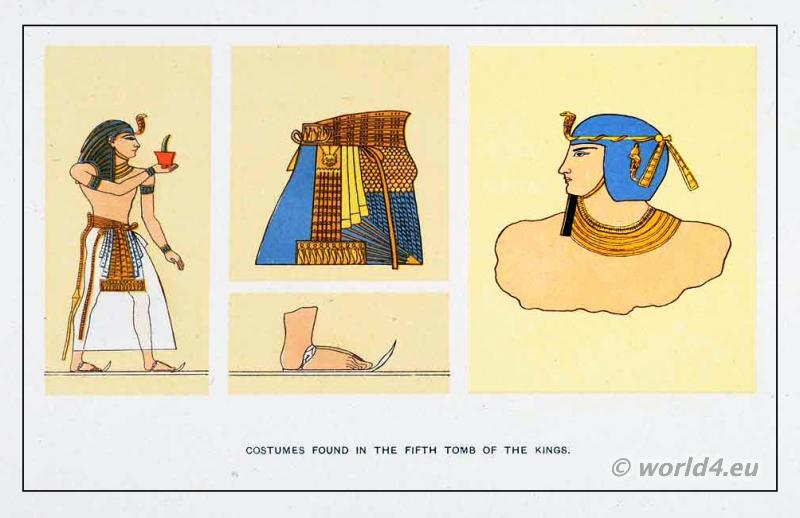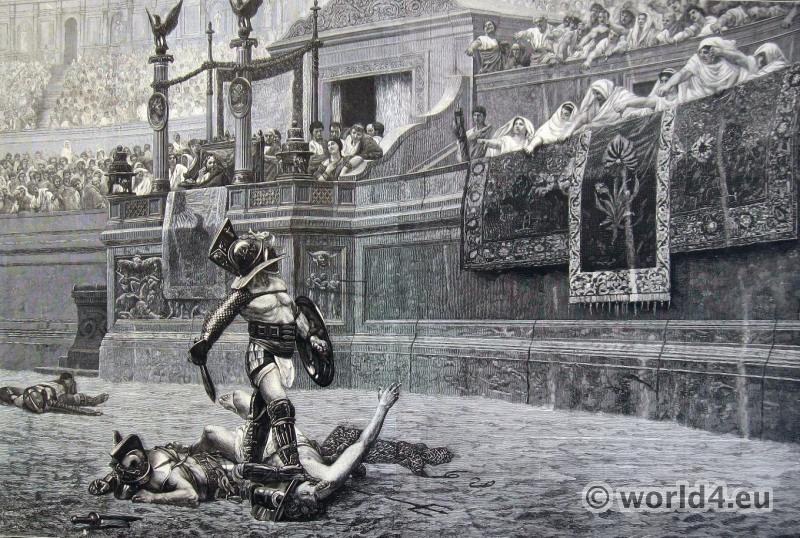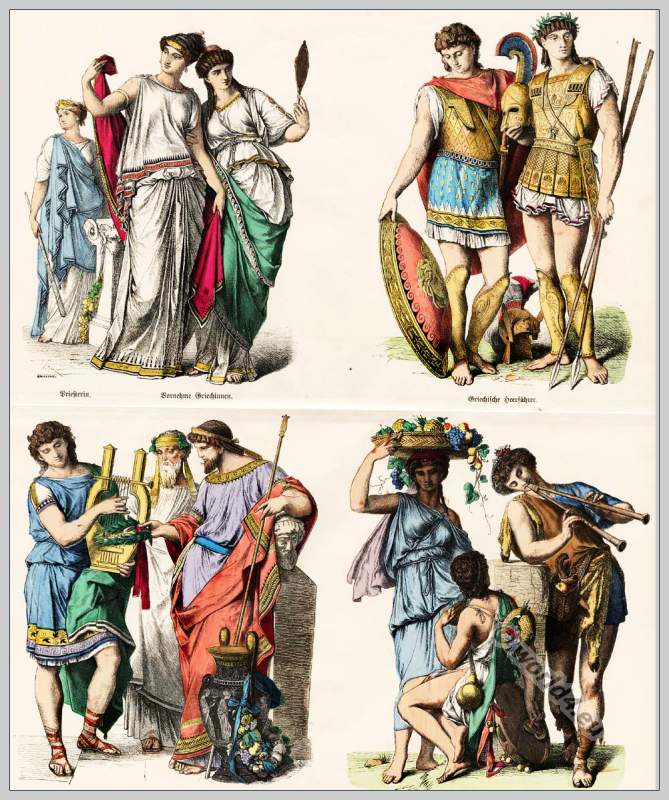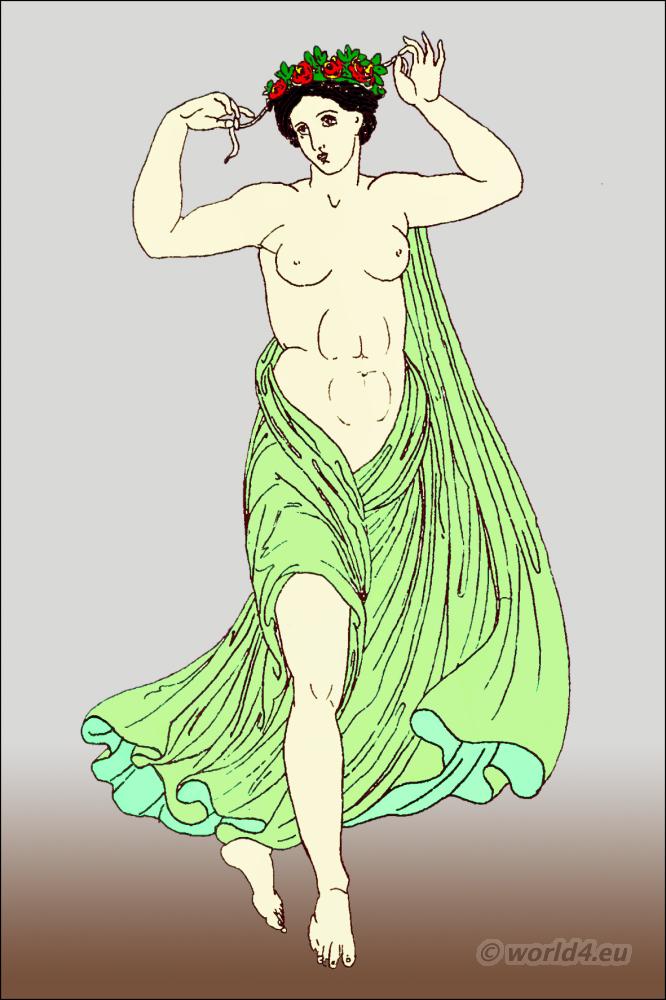Roman Theatre Masks. Tragic and grotesque Mask.
A hallmark of the tragic and grotesque theater in ancient Rome were the colorful and expressive masks (caricature). They accompanied the Roman theater play as a heroic choir, using songs, lively gestures, songs and movements. They were taken from Greece and reflected in the grotesque mask, the irreverent satyrs of ancient Greek cult of Bacchus, again. In return, the tragic mask was assigned to the fauns in its subtle beauty. The masks were elaborately worked metal and designed so that they as a sounding the tone of the actors reinforced.
This type of Roman masks was widespread and was often found during excavations.
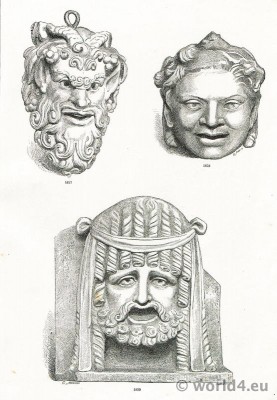
Above: Satyrs Theatrical performing masks from Pompeii. Ancient Art Greco Roman style. Antiquité Art Gréco Romain de Pompéi. Masques Scéniques en Marble Blanc et tête de Satyre.
Above: From the book Le gemme antiche figurate di Leonardo Agostini Senese, by Leonardo Agostini, published by Giacomo Dragondelli, Rome, 1657. Discoveries from the Augustus ruins of great Rome.
Literature:
- Mask and Performance in Greek Tragedy: From Ancient Festival to Modern Experimentation Reprint Edition by David Wiles (Author).
- Greek Theatre Performance: An Introduction – May 25, 2000 by David Wiles (Author)
- The Stagecraft and Performance of Roman Comedy by C. W. Marshall (Author).
- Costume in Greek Classic Drama (Dover Fashion and Costumes) by Iris Brooke (Author).
- Early Modern Theatricality (Oxford Twenty-First Century Approaches to Literature) Reprint Edition by Henry S. Turner (Editor).
- Costume in Greek Tragedy, Illustrated Edition by Rosie Wyles (Author)
- Caricature and other comic art in all times and many lands by James Parton, 1877.
- Plautus in Performance: The Theatre of the Mind (Greek and Roman Theatre Archive)
Discover more from World4 Costume Culture History
Subscribe to get the latest posts sent to your email.


